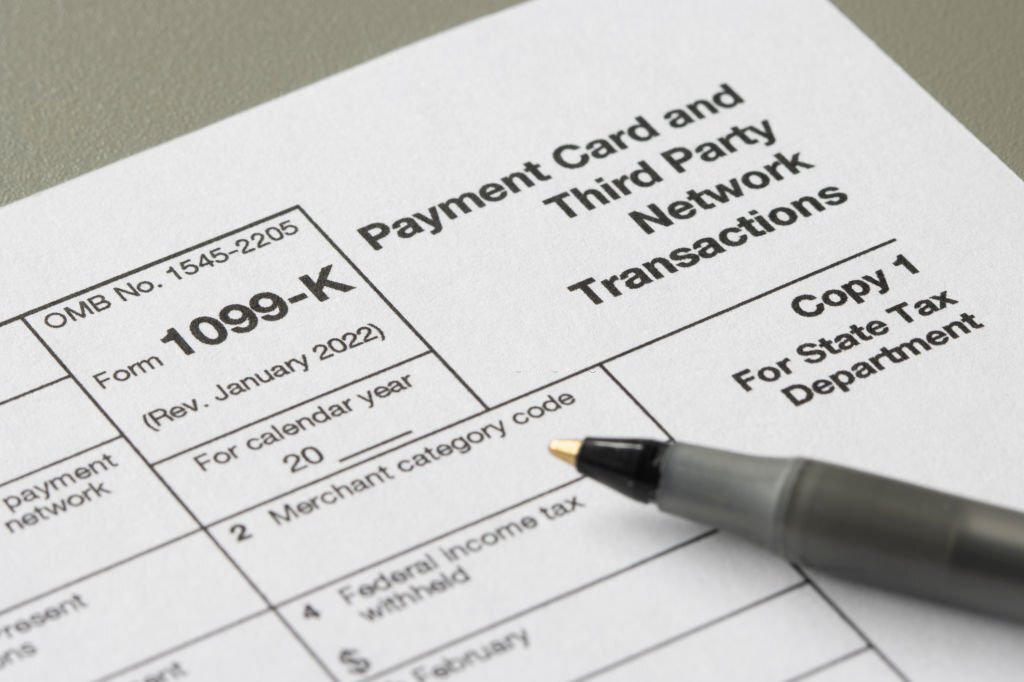Taxes
IRS Offers Myth Busters About Form 1099-K
With a lot of unreliable information on social media, the IRS has issued list of myths and facts about 1099-K forms to help taxpayers with filing: what to do with Form 1099-K.
Mar. 01, 2024

With a lot of unreliable information on social media, the IRS has issued list of myths and facts about 1099-K forms to help taxpayers with filing: what to do with Form 1099-K.
Following feedback from partners and to help avoid taxpayer confusion, the IRS announced in Nov. 2023, that the reporting threshold for Form 1099-K, Payment Card and Third Party Network Transactions, would not change for 2023. The reporting threshold requirements remain over $20,000 in payments and over 200 transactions.
The IRS continues to see misinformation circulating about why taxpayers may or may not have received a Form 1099-K. Here are some common scenarios involving these forms. More information is also available at IRS.gov for what to do with Form 1099-K and frequently asked questions.
1099-K facts vs myths
Myth: People will get a Form 1099-K from friends and family sending them personal payments.
Fact: Payments from friends and family should generally not be reported on a Form 1099-K. Form 1099-K reports payments for goods or services and should not report personal payments like rent, dinner, travel and other gifts or reimbursements gifts, no matter the amount. Generally, in payment apps, the default is personal payments unless the sender designates that they’re purchasing goods or services, or it is designated a business account.
Myth: If taxpayers didn’t receive a Form 1099-K, they don’t have to report income.
Fact: According to federal law, all income is taxable unless it is specifically excluded by tax law. Taxpayers should report any profits from selling goods or services, regardless of if they receive a Form 1099-K.
Myth: Individuals won’t get a Form 1099-K if they sold goods or services under the $20,000 and 200 transactions payment threshold set for 2023 and previous tax years.
Fact: The 2023 federal reporting threshold of over $20,000 and 200 transactions is a reporting requirement, but companies may still send a Form 1099-K for goods or services payments that are less than that amount. Payment apps and marketplaces that have held backup withholding for a payee during calendar year 2023 must file a Form 945 and a Form 1099-K. Also, their state may have a lower reporting threshold, which could result in receiving a Form 1099-K, even if the total gross payments they received in the year did not exceed the federal reporting threshold.
Myth: Taxpayers owe taxes on the gross amount reported on the Form 1099-K.
Fact: The form provides the gross, or total amount of payments individuals got per app or marketplace. Just because a payment is reported on a Form 1099-K does not mean it is taxable. Taxpayers will need to use the form and other records to determine their actual tax liability when they file their tax return.
More information is available to help determine an individual’s tax obligations at IRS.gov What to do with Form 1099-K.
Myth: People can only get a 1099-K if they’re running a business.
Fact: People may receive a Form 1099-K from payment apps or online marketplaces they used to sell goods or services, or accepted payments from a bank card. See Form 1099-K FAQs on Fact Sheet 2024-03PDF for more information.
Myth: People don’t need to do anything with their Form 1099-K.
Fact: Individuals should use the information on the Form 1099-K with their other tax records to determine their correct tax owed. See Understanding your Form 1099-K and visit the Form 1099-K frequently asked questions for more information.
Someone who receives a Form 1099-K when they shouldn’t have should take these steps.
Myth: There’s nothing available to help individuals understand their Form 1099-K.
Fact: The IRS has a variety of sources to help people understand their form and report their taxes accurately. See IRS.gov Understanding your Form 1099-K, What to do with Form 1099-K and Form 1099-K frequently asked questions.
